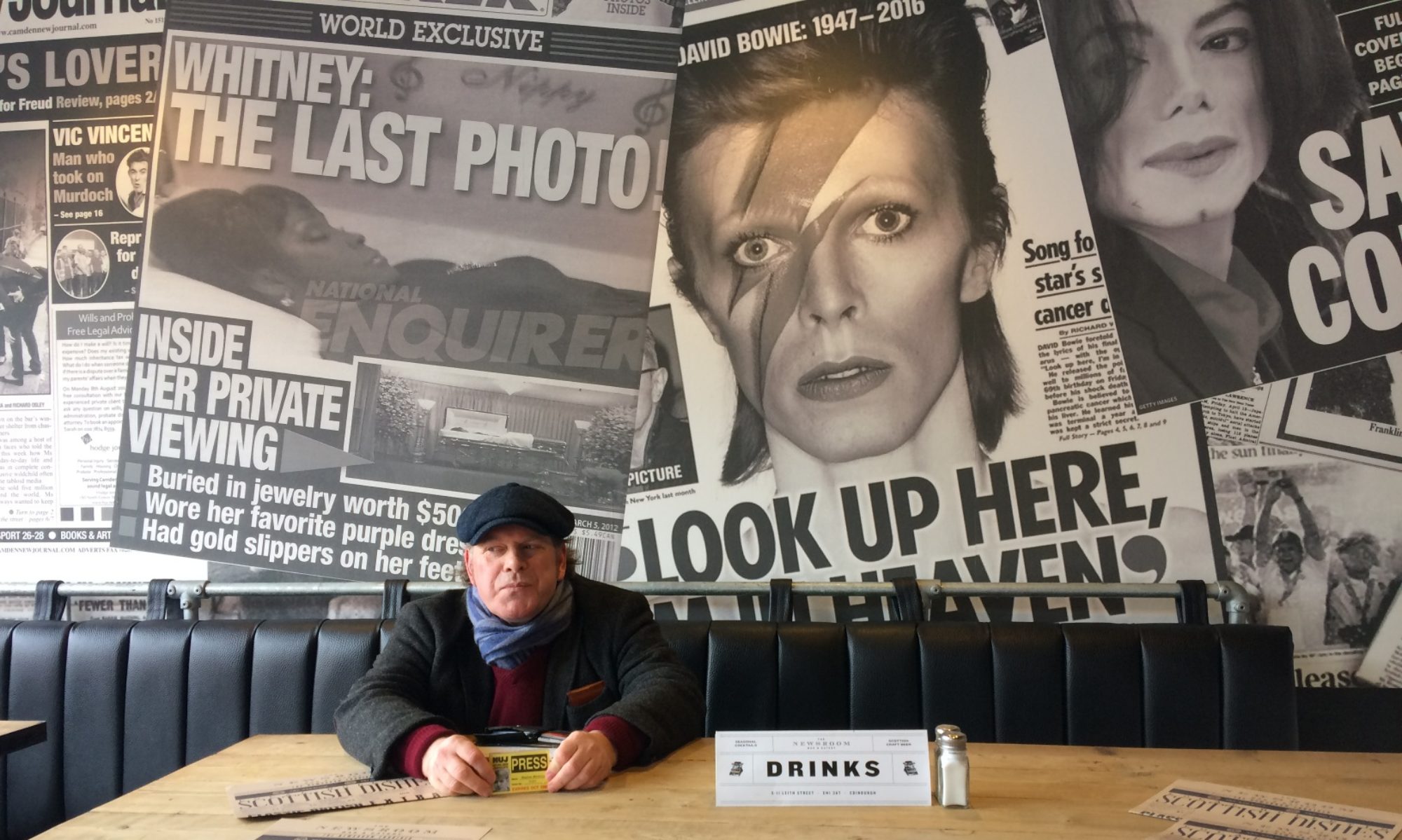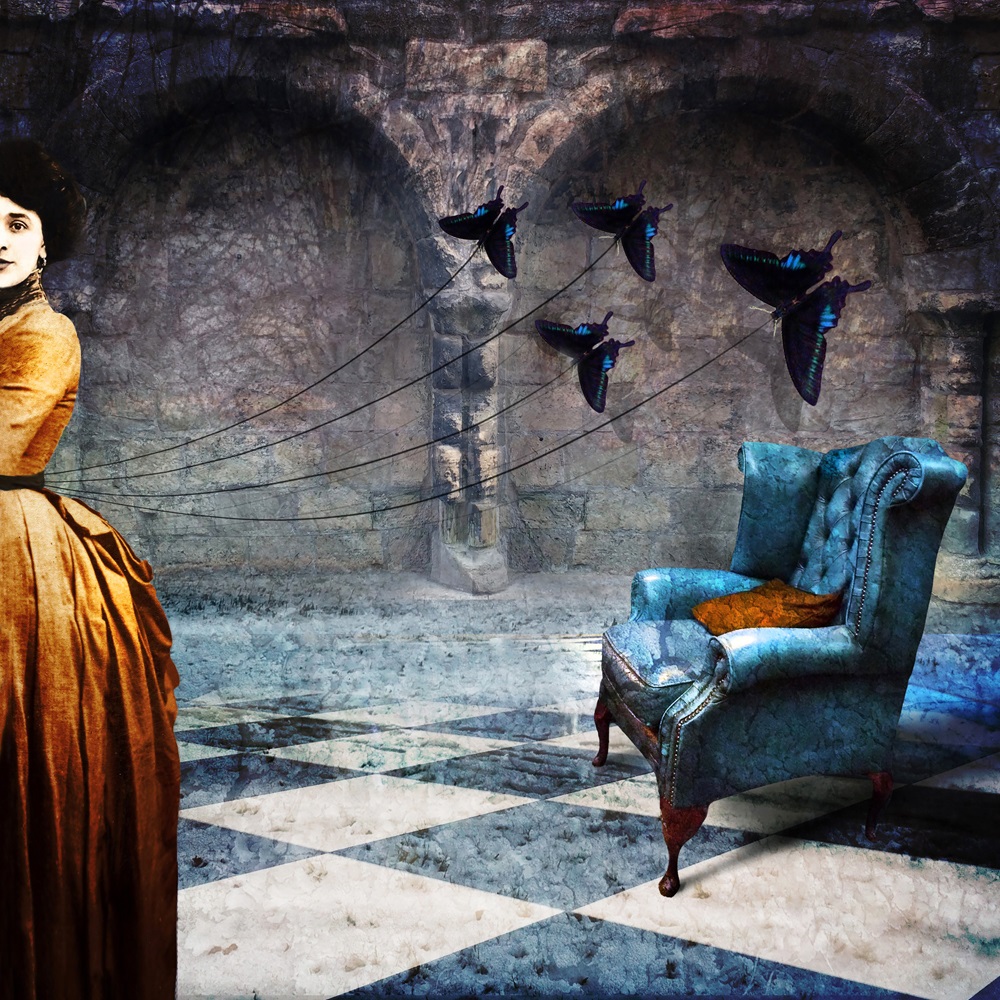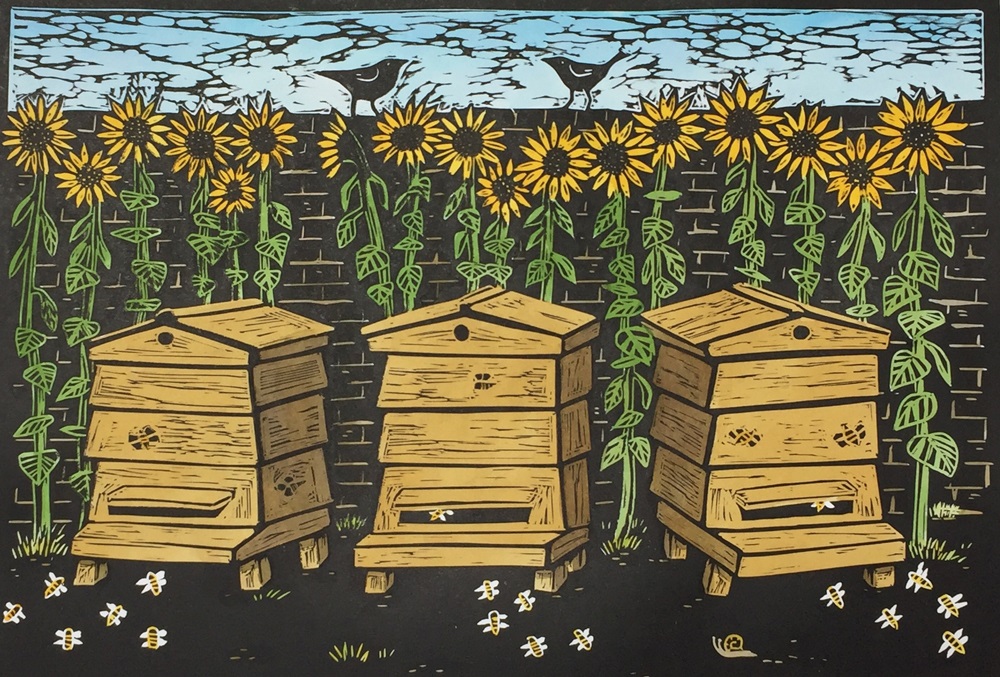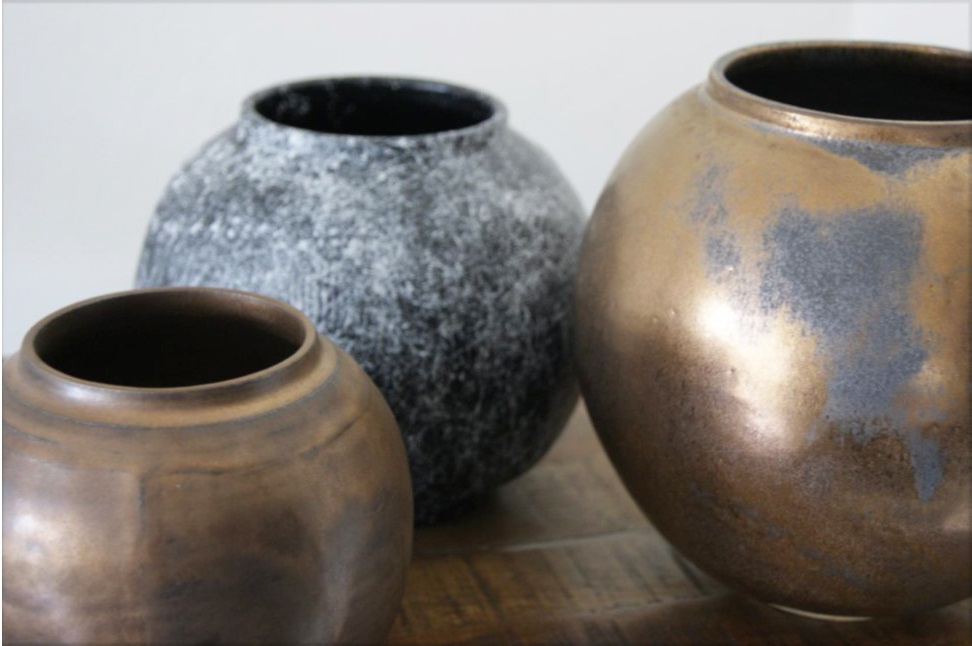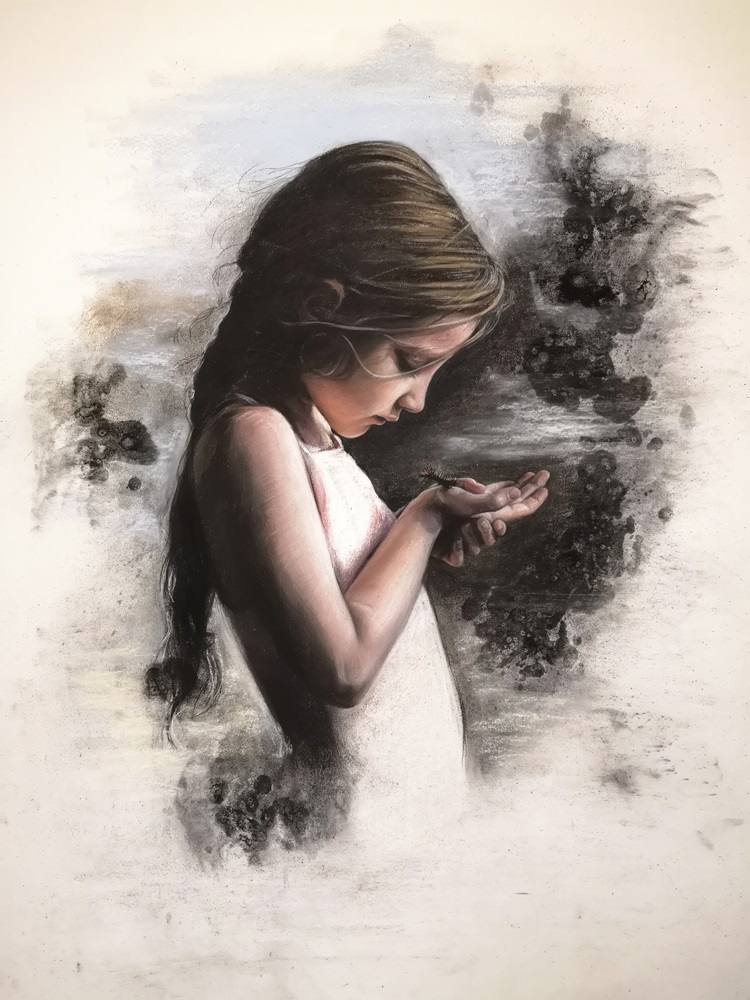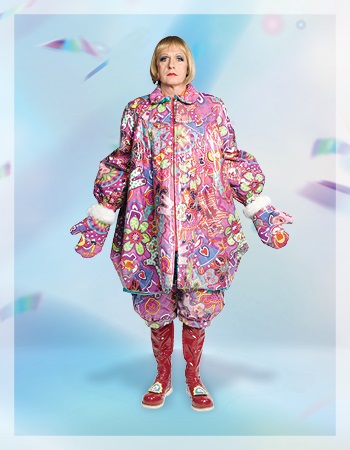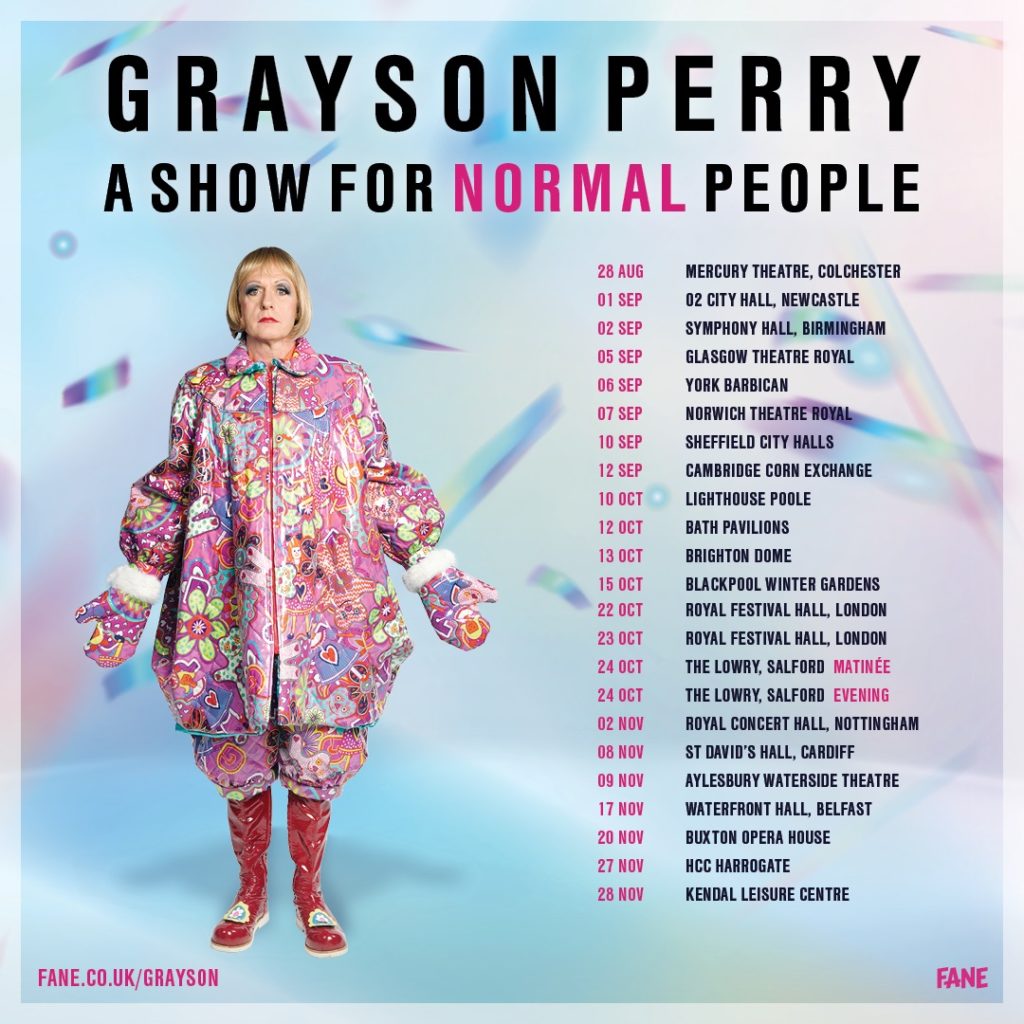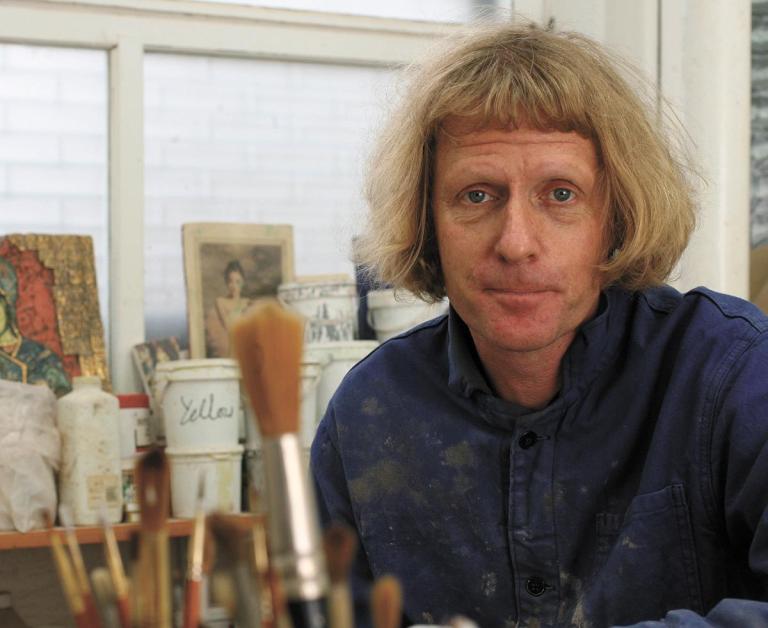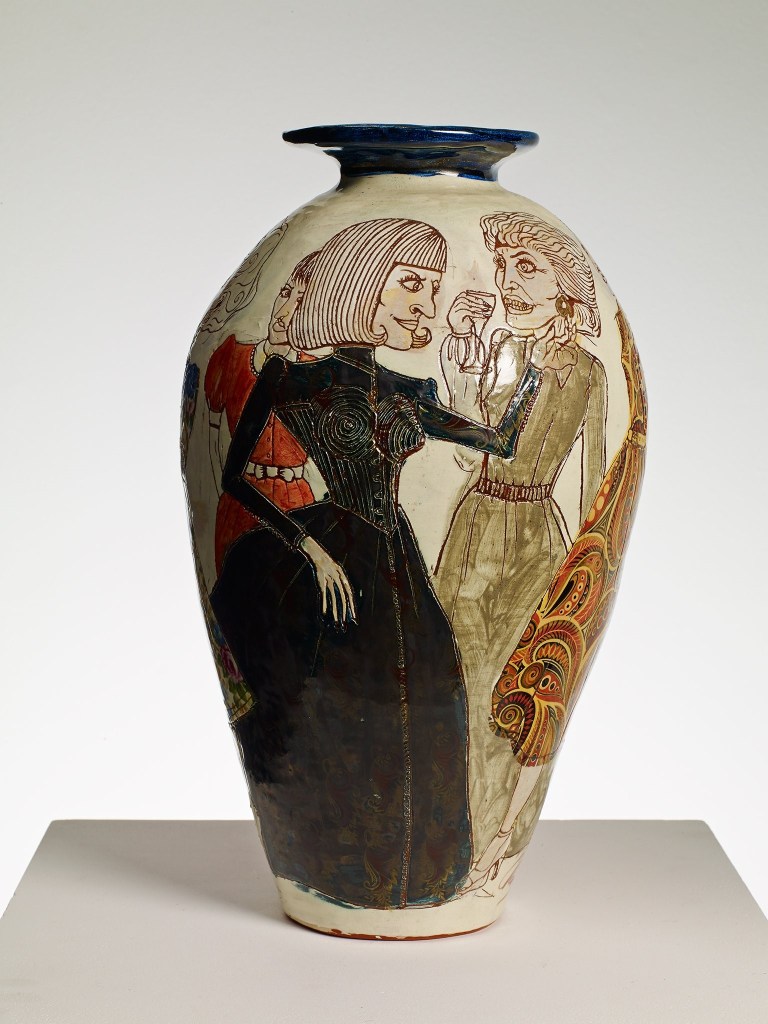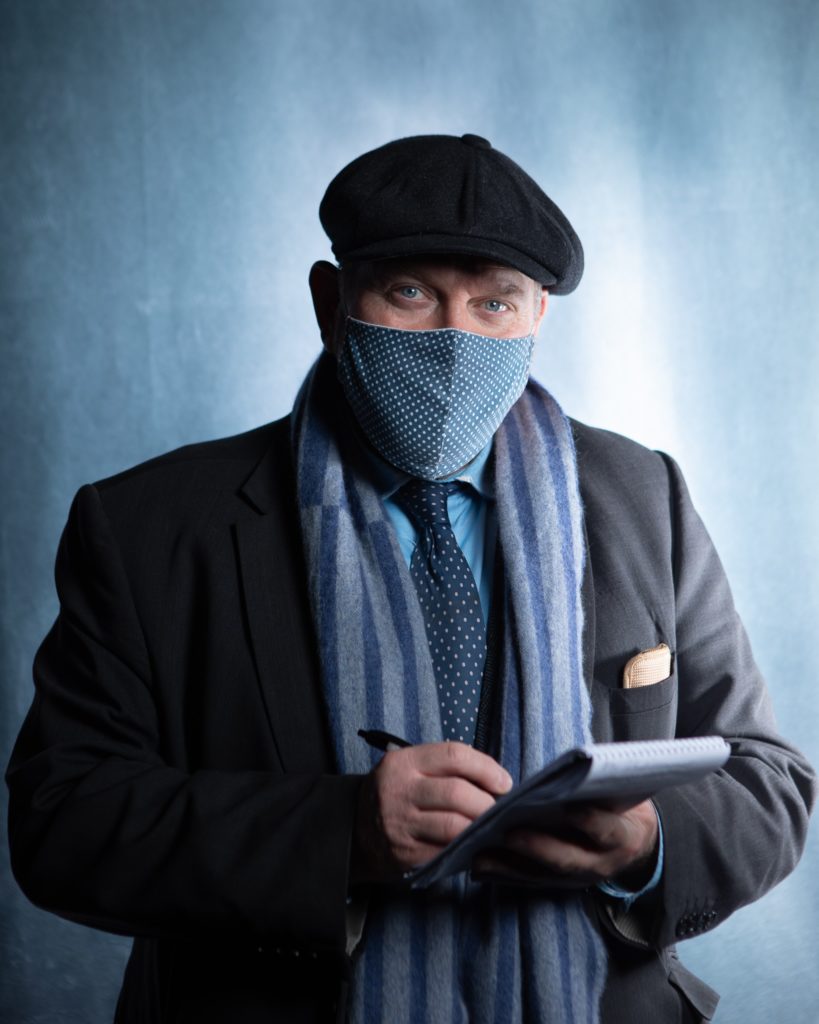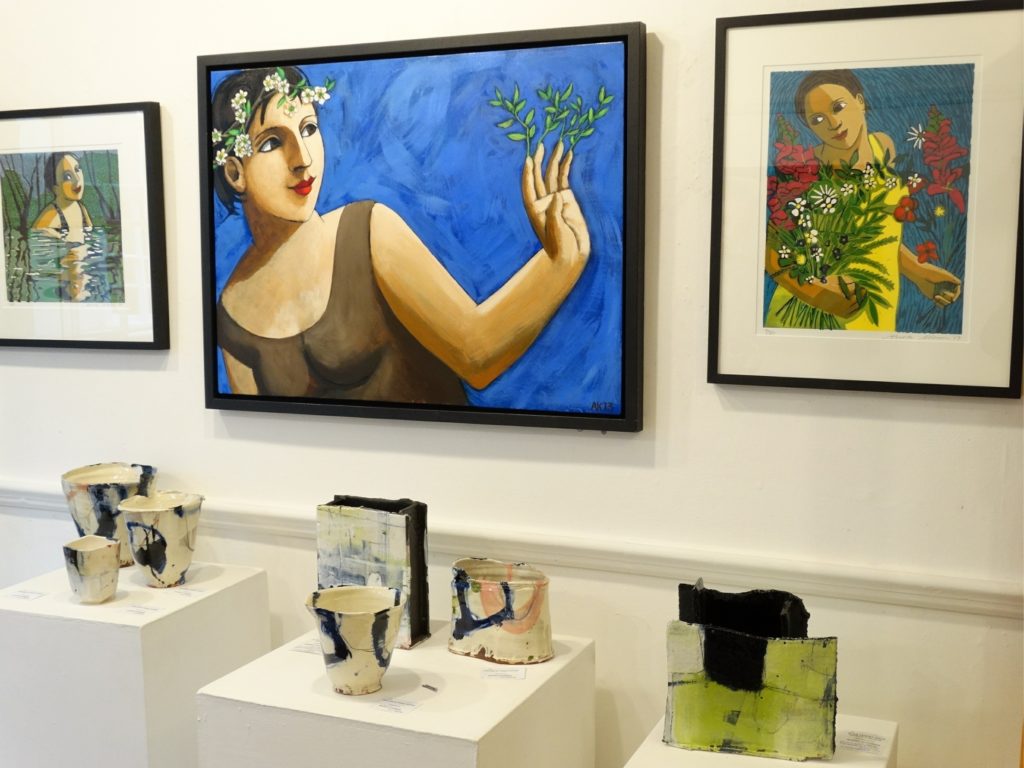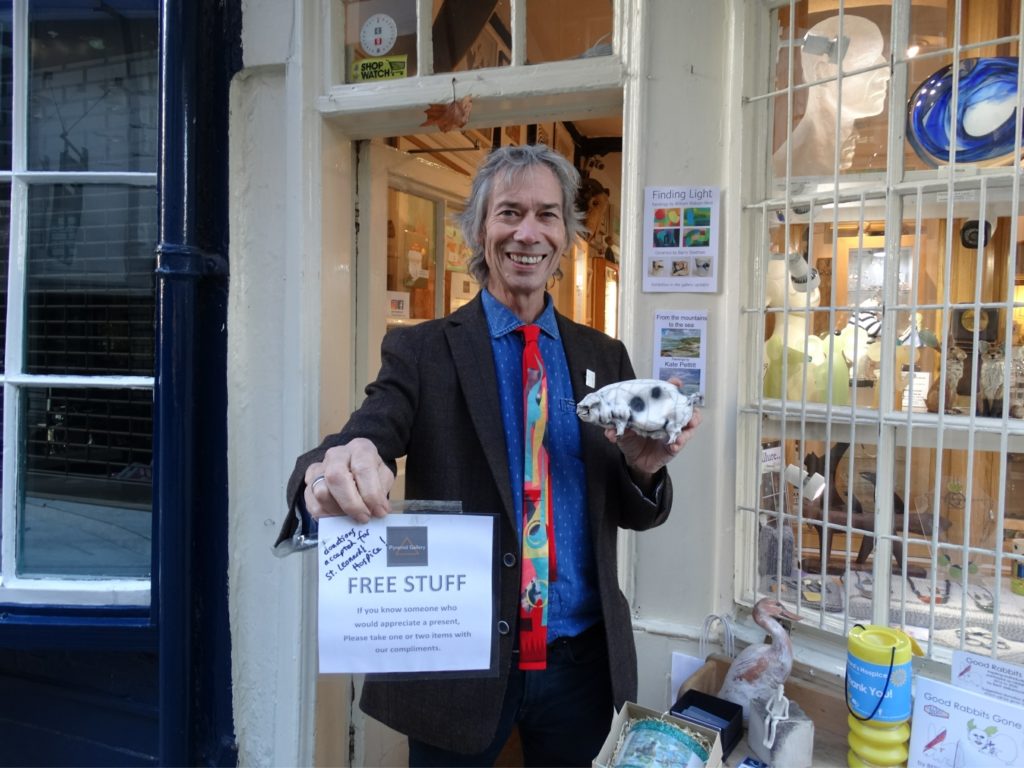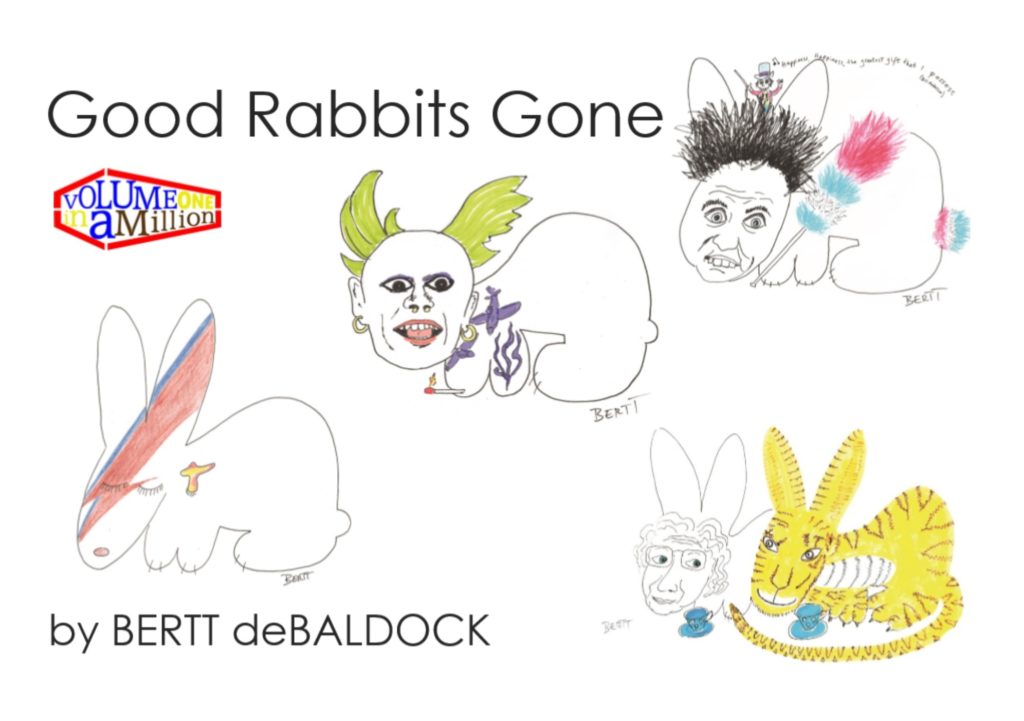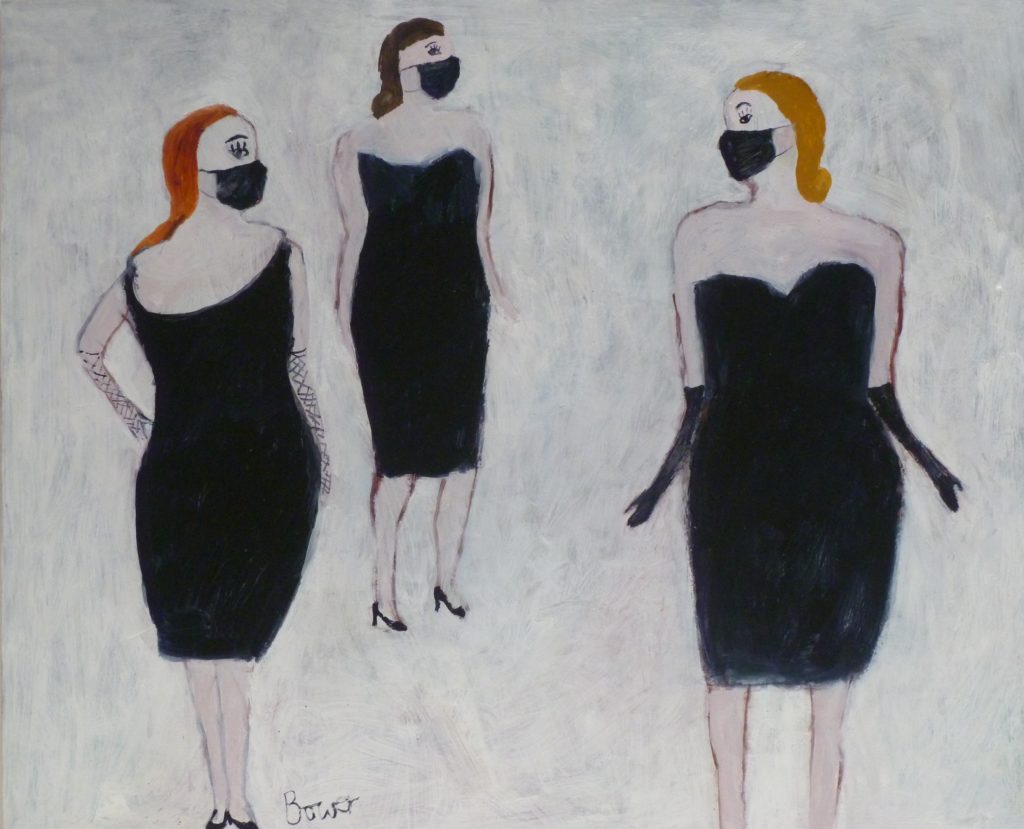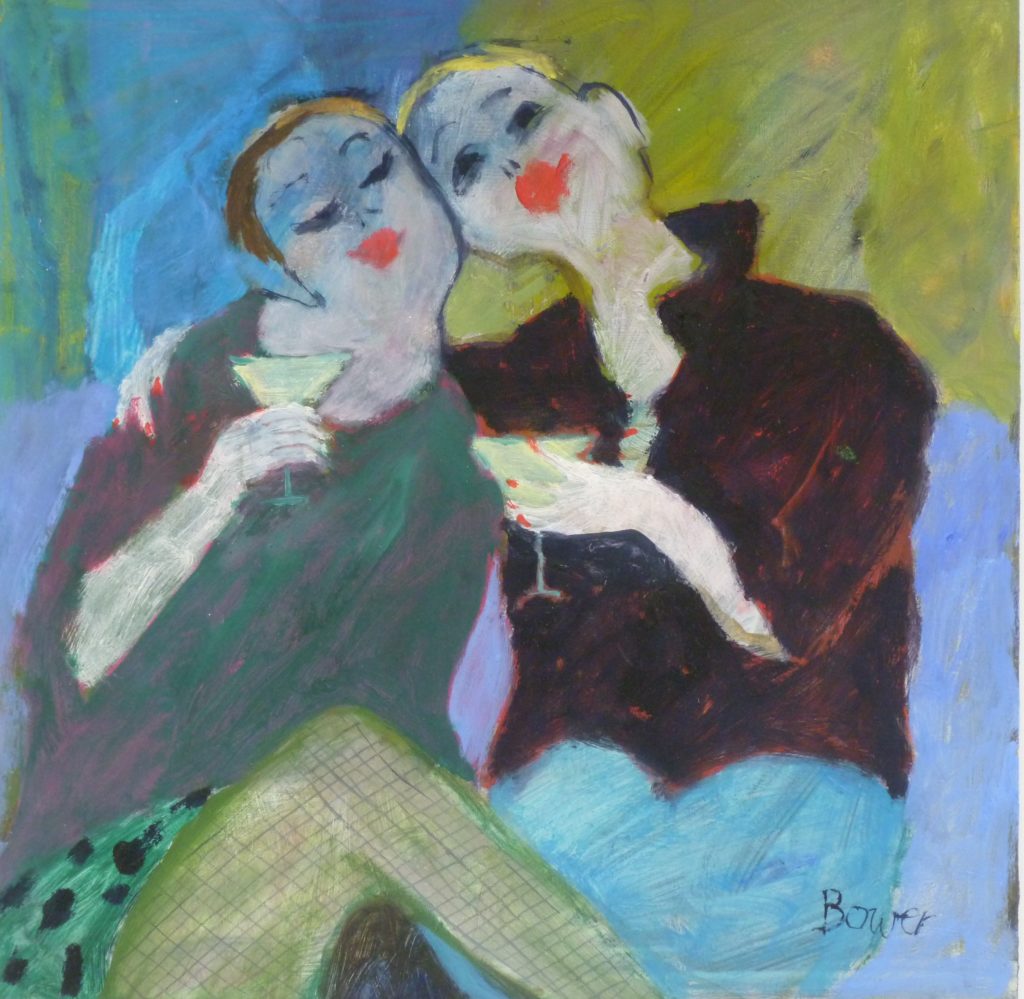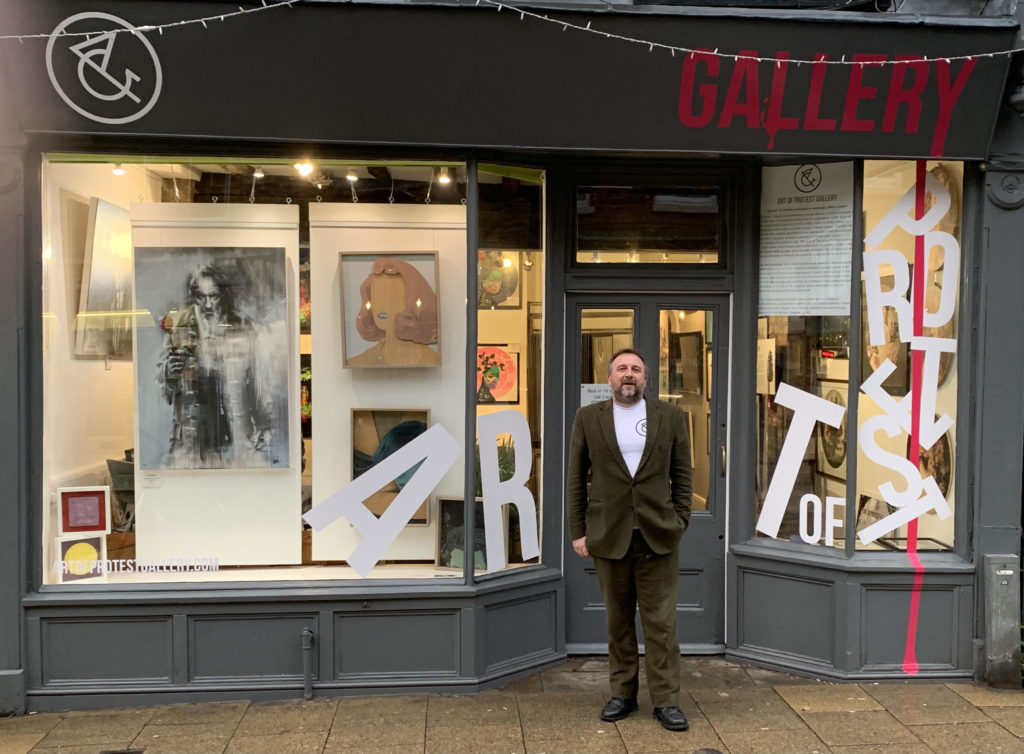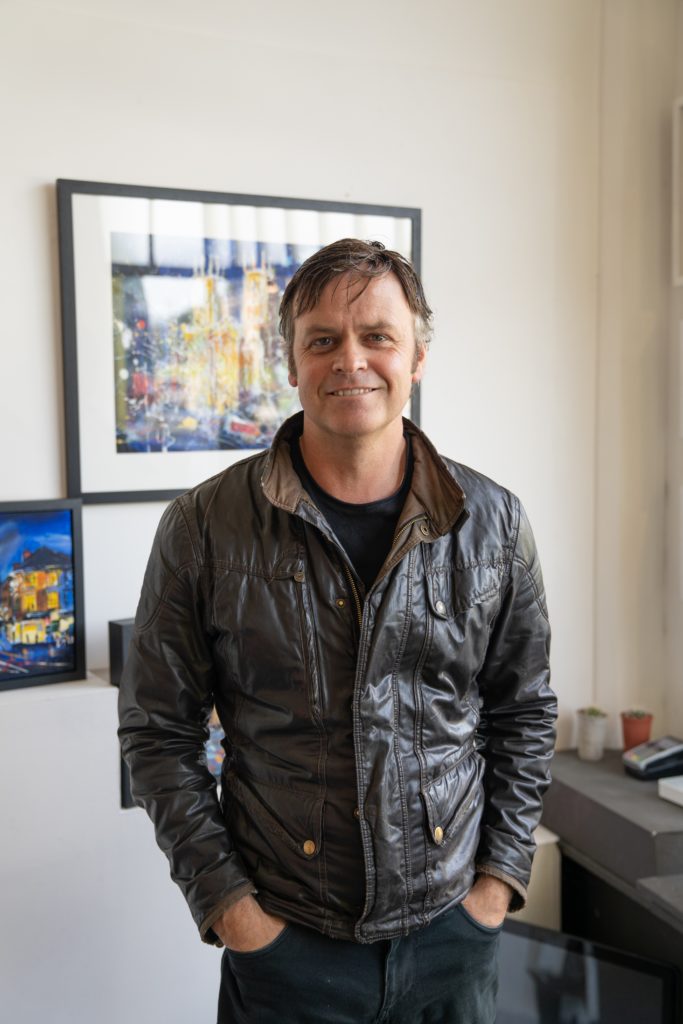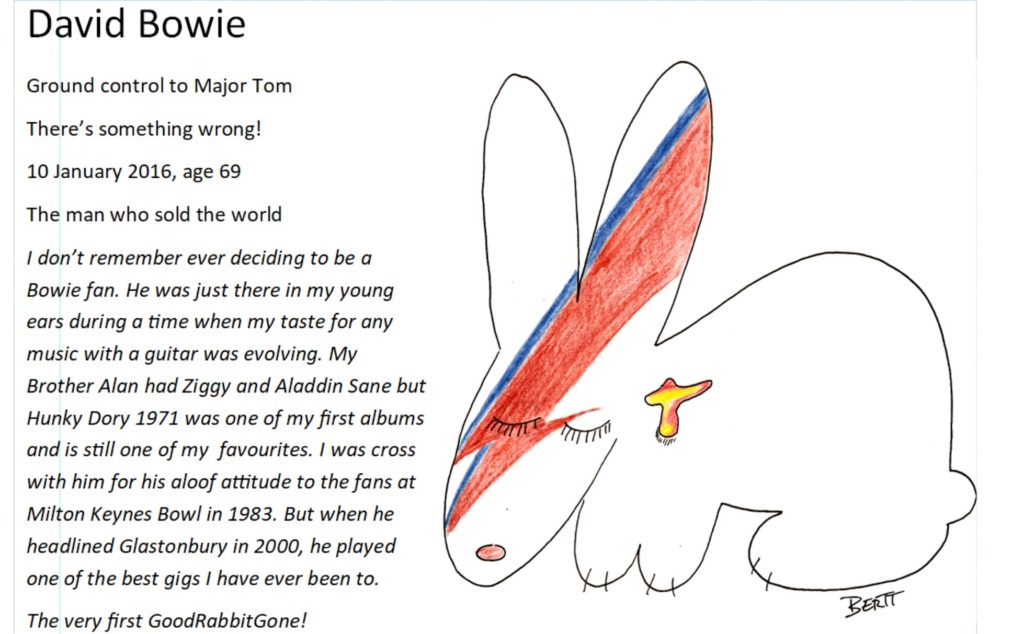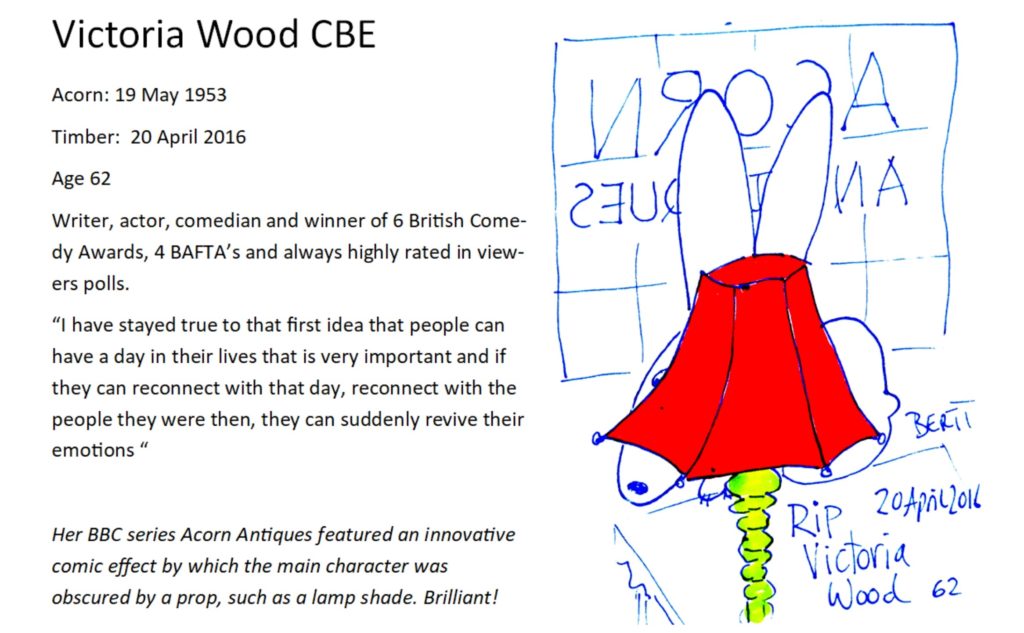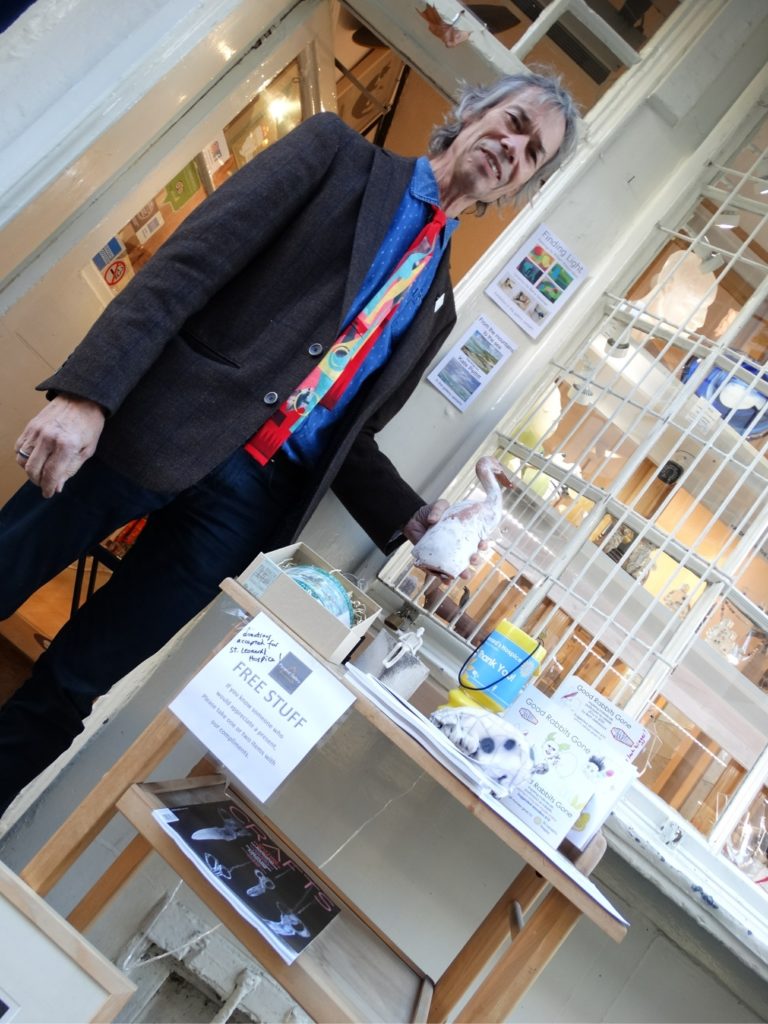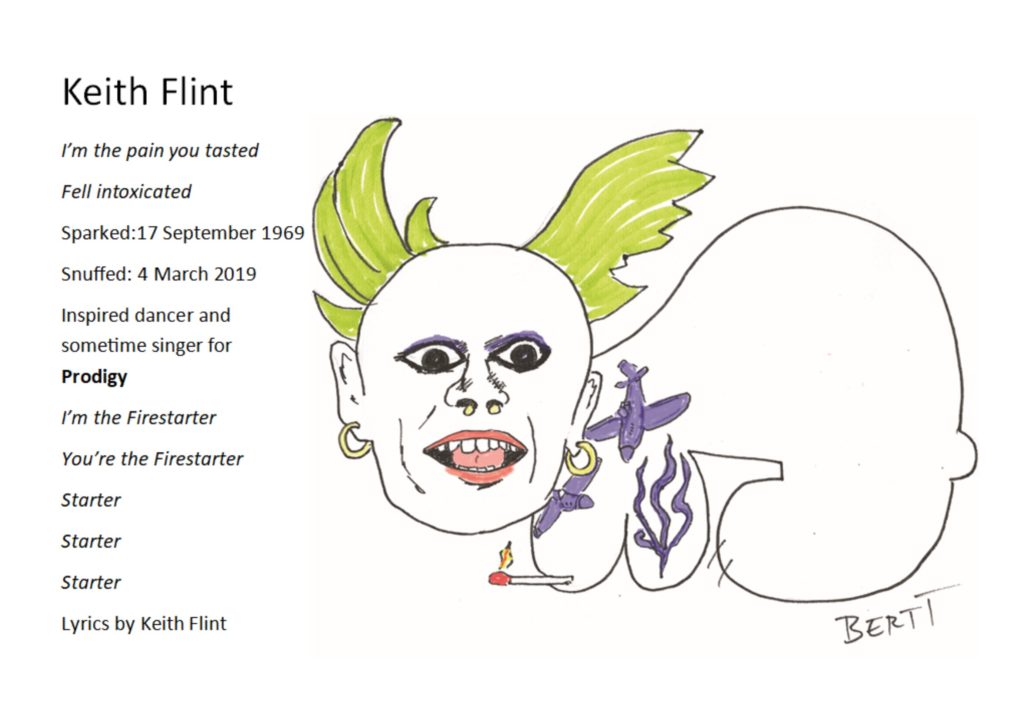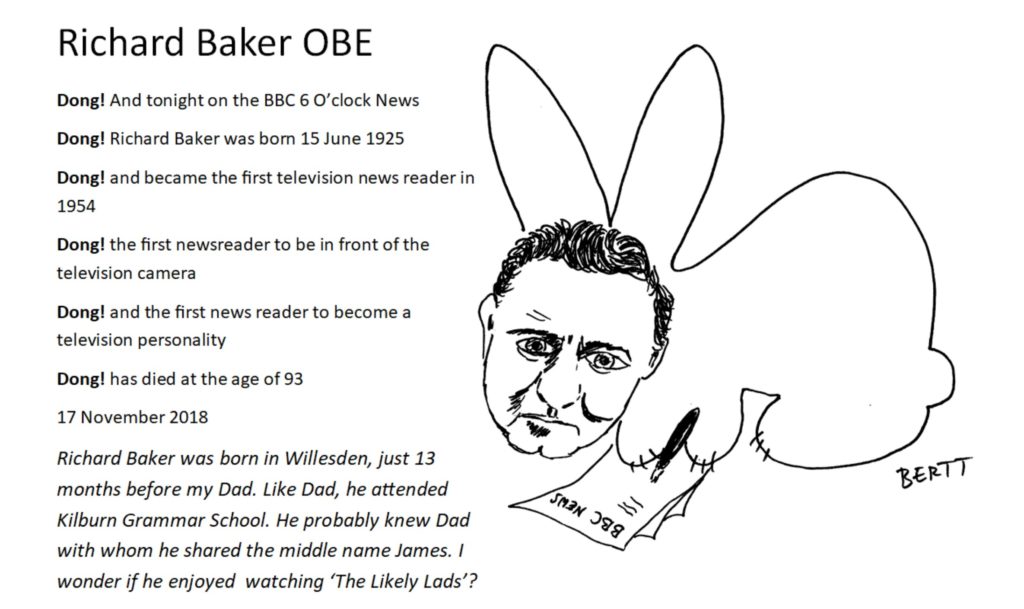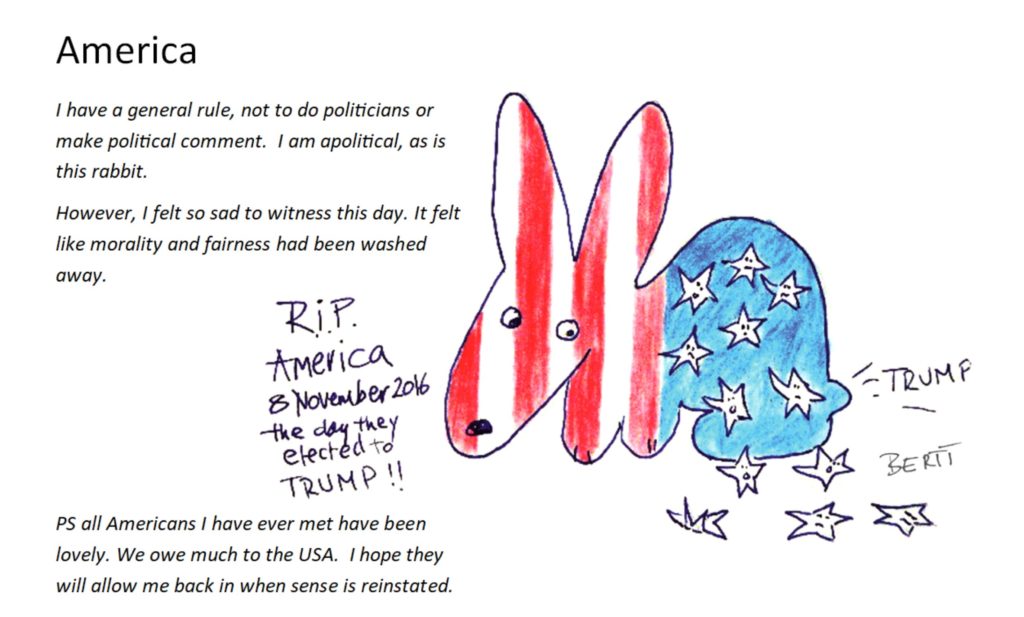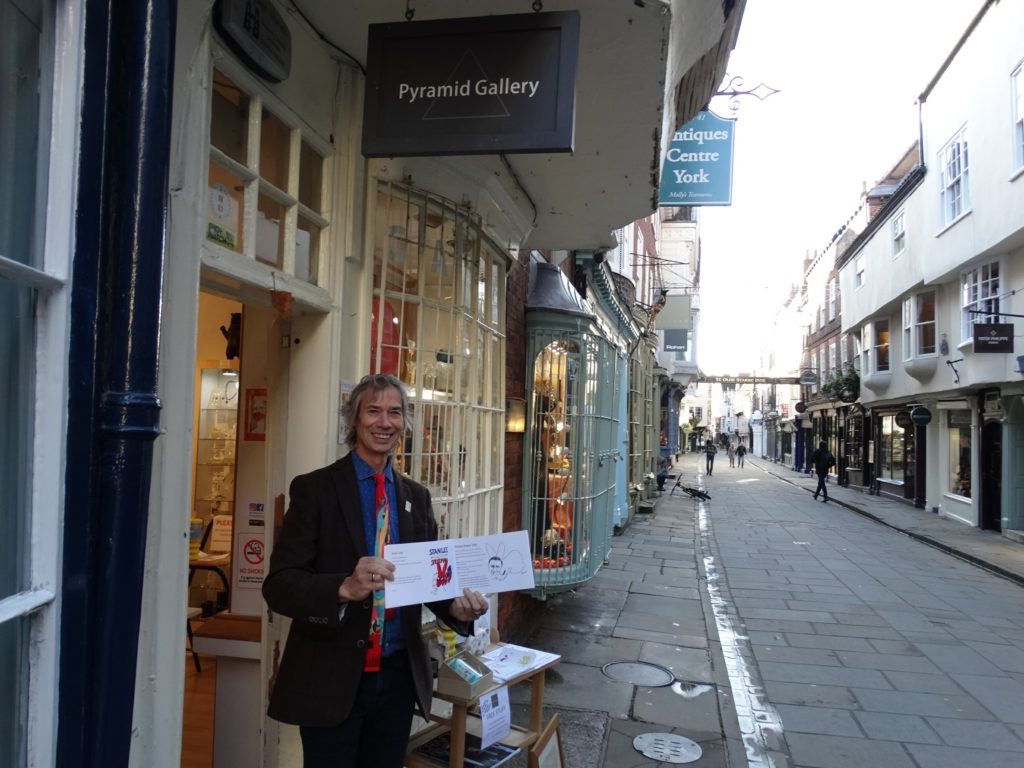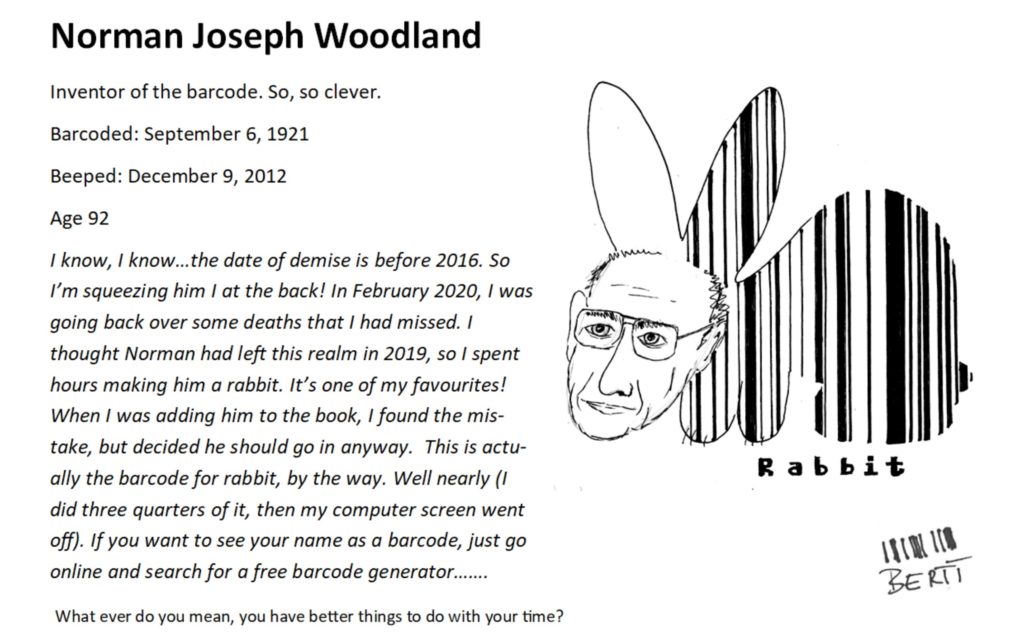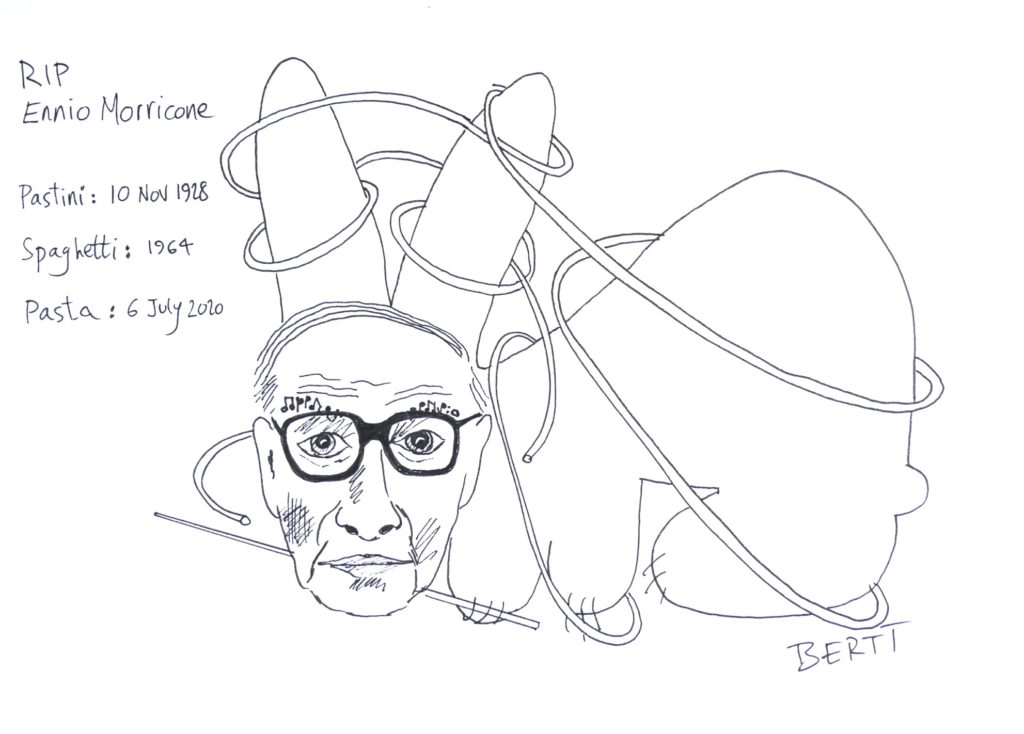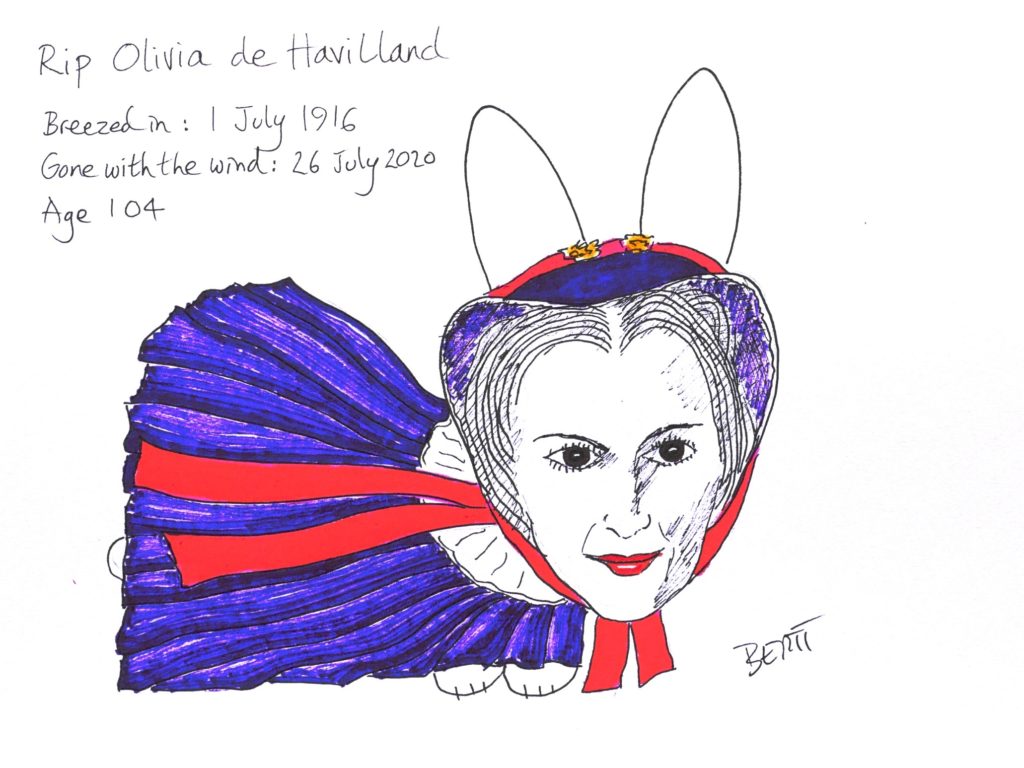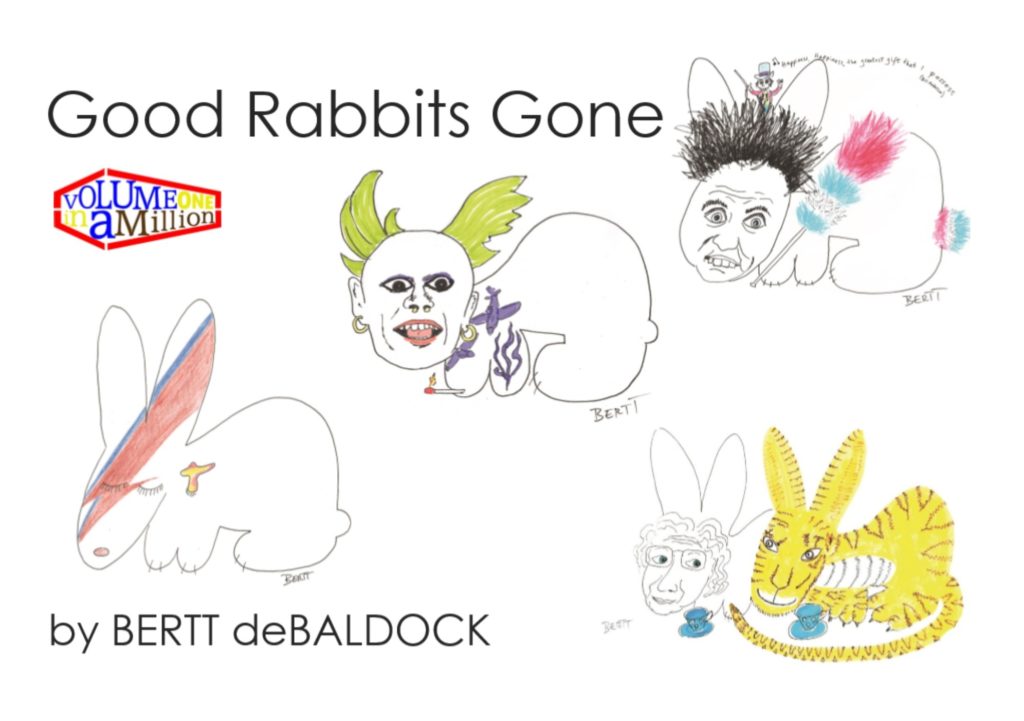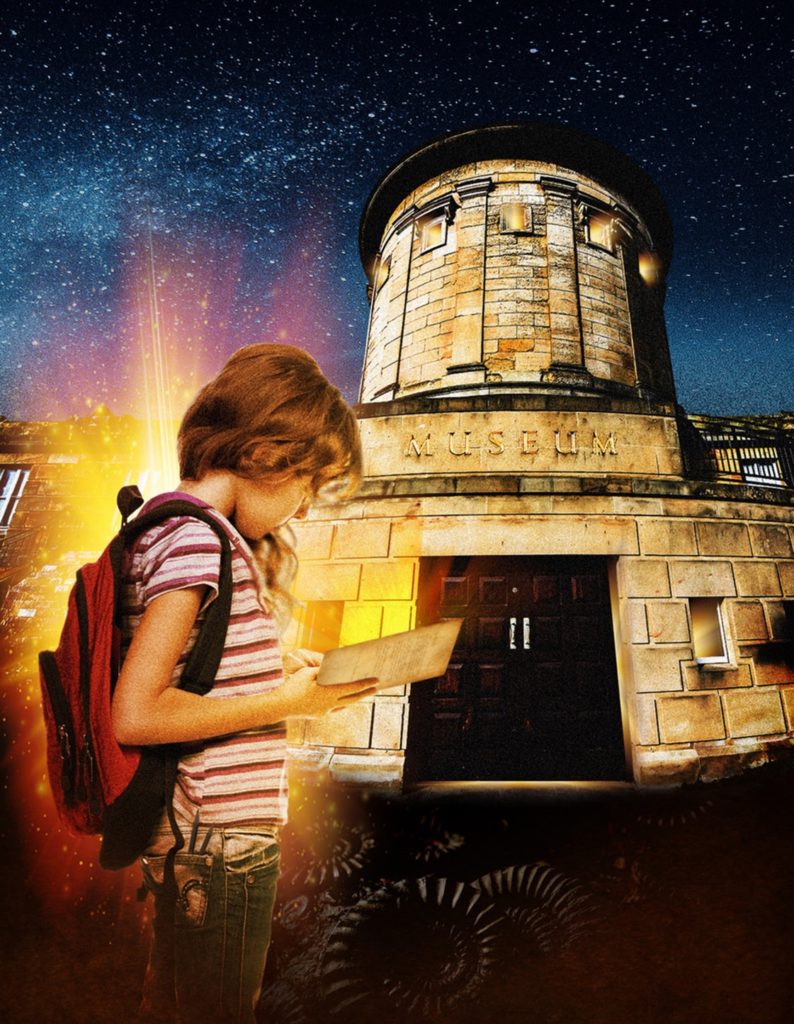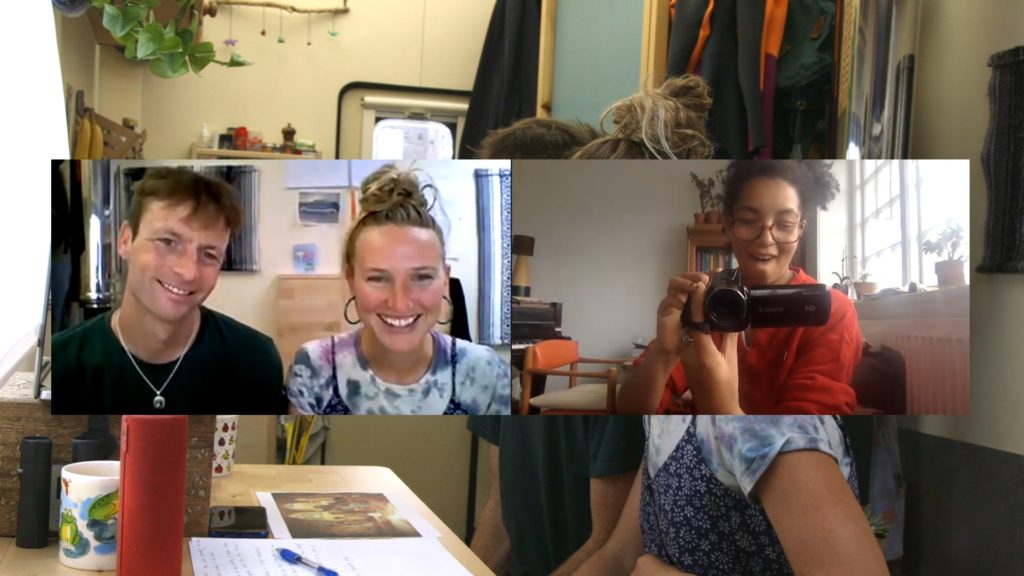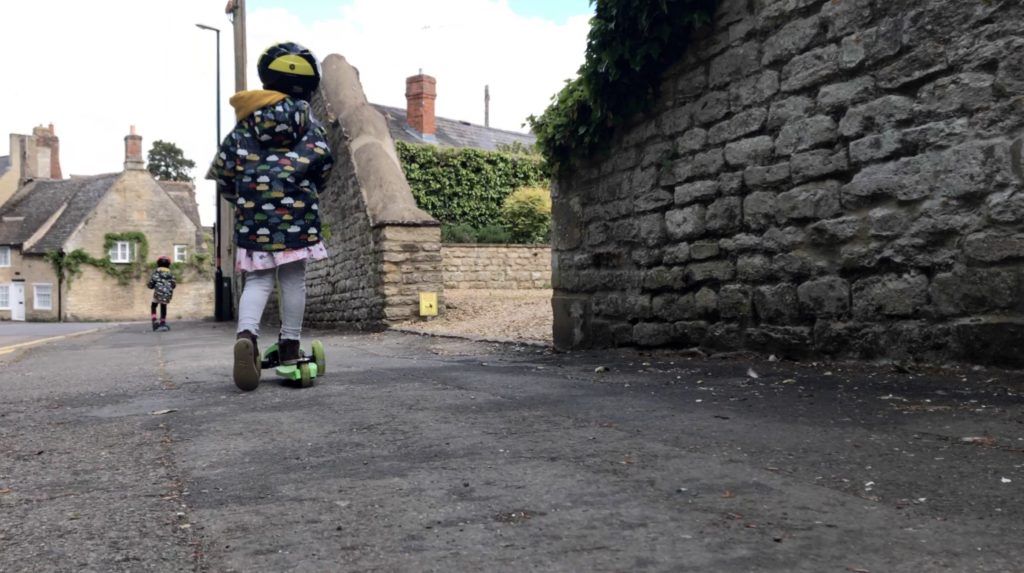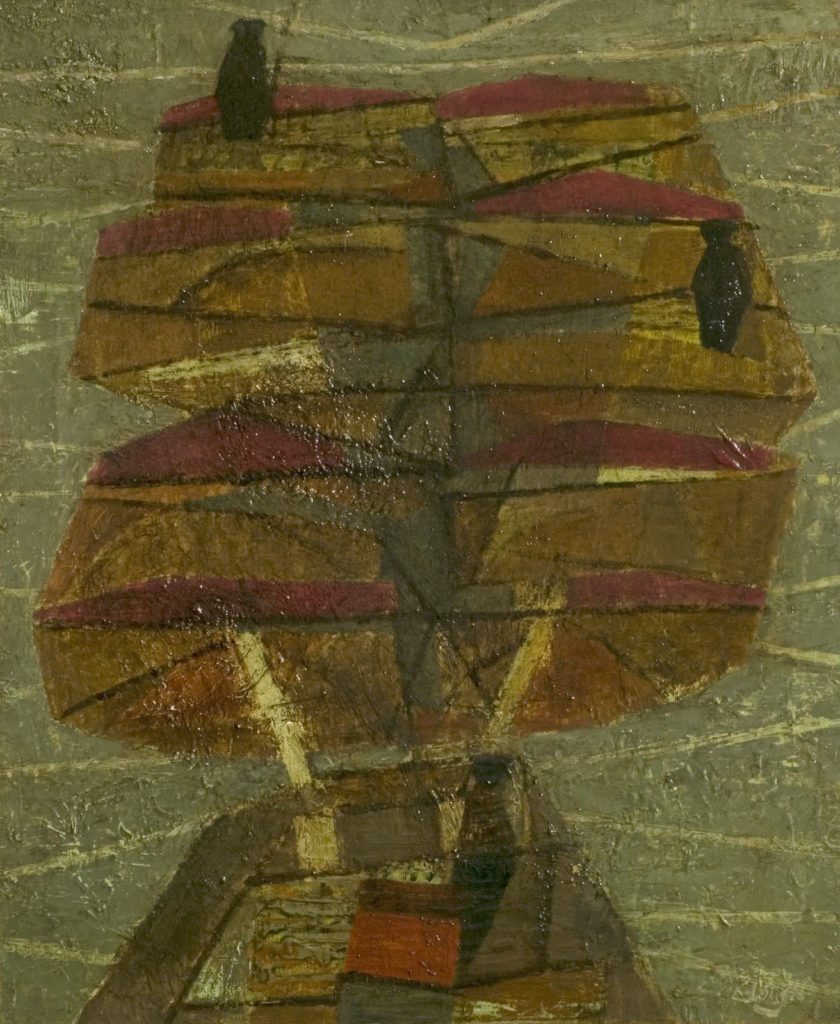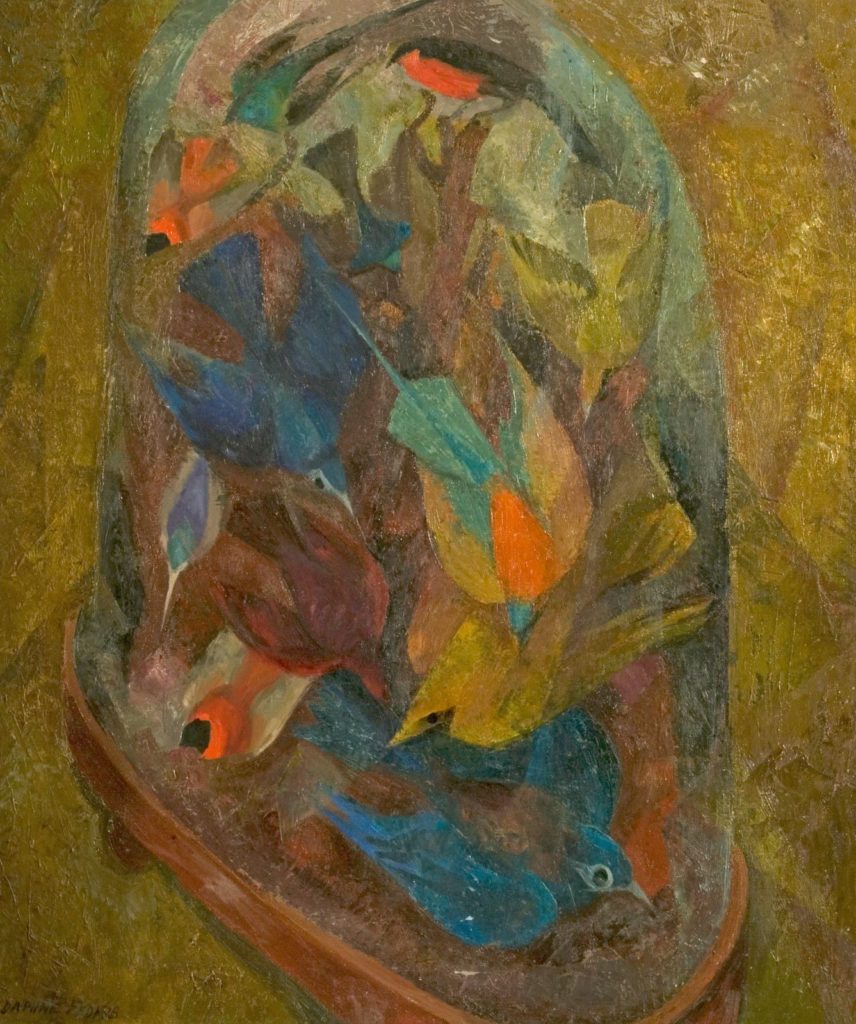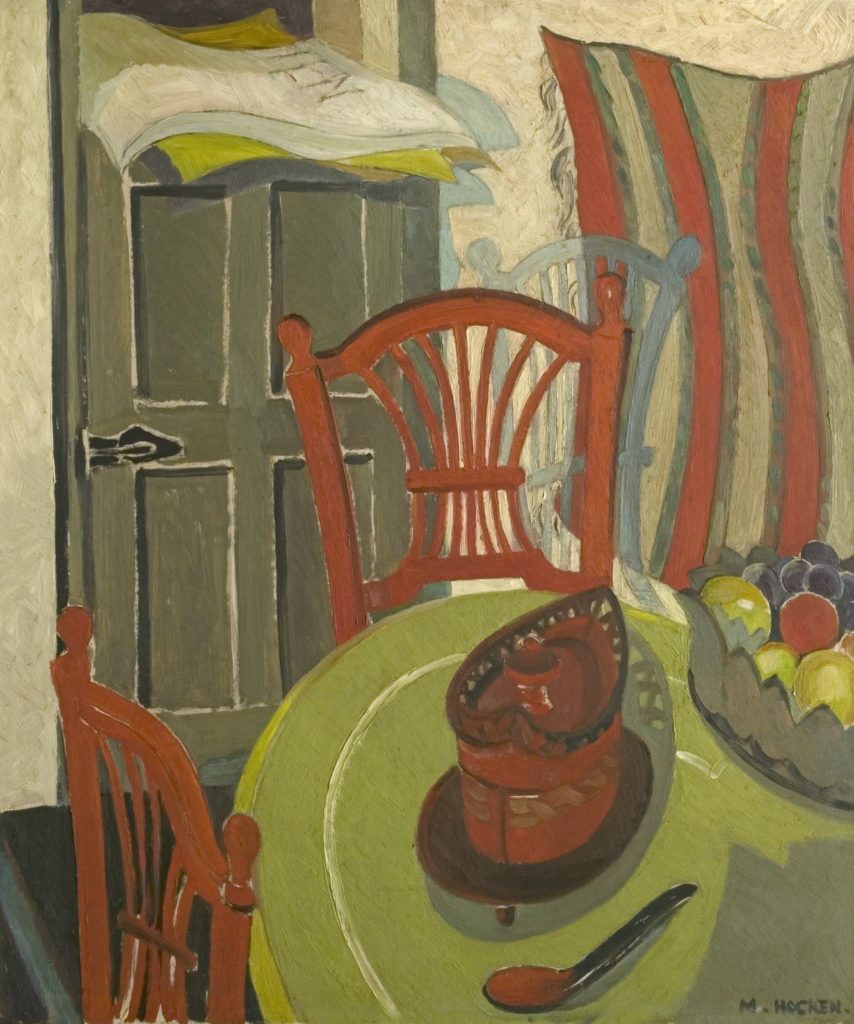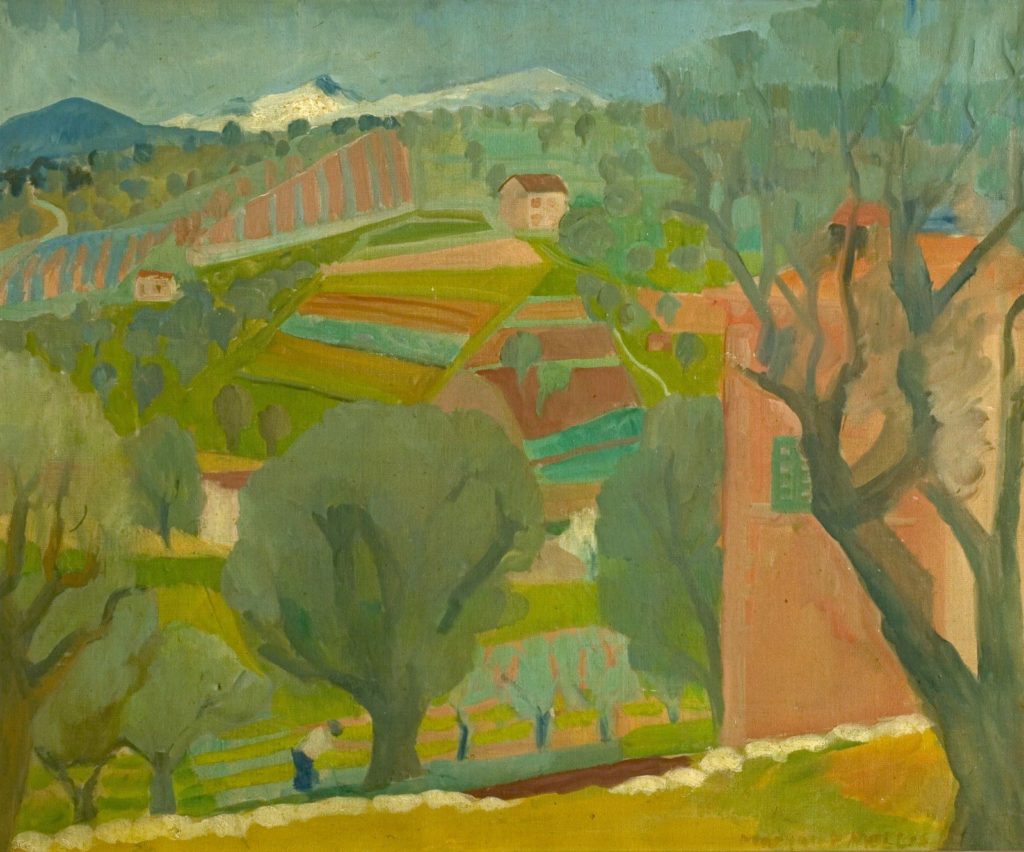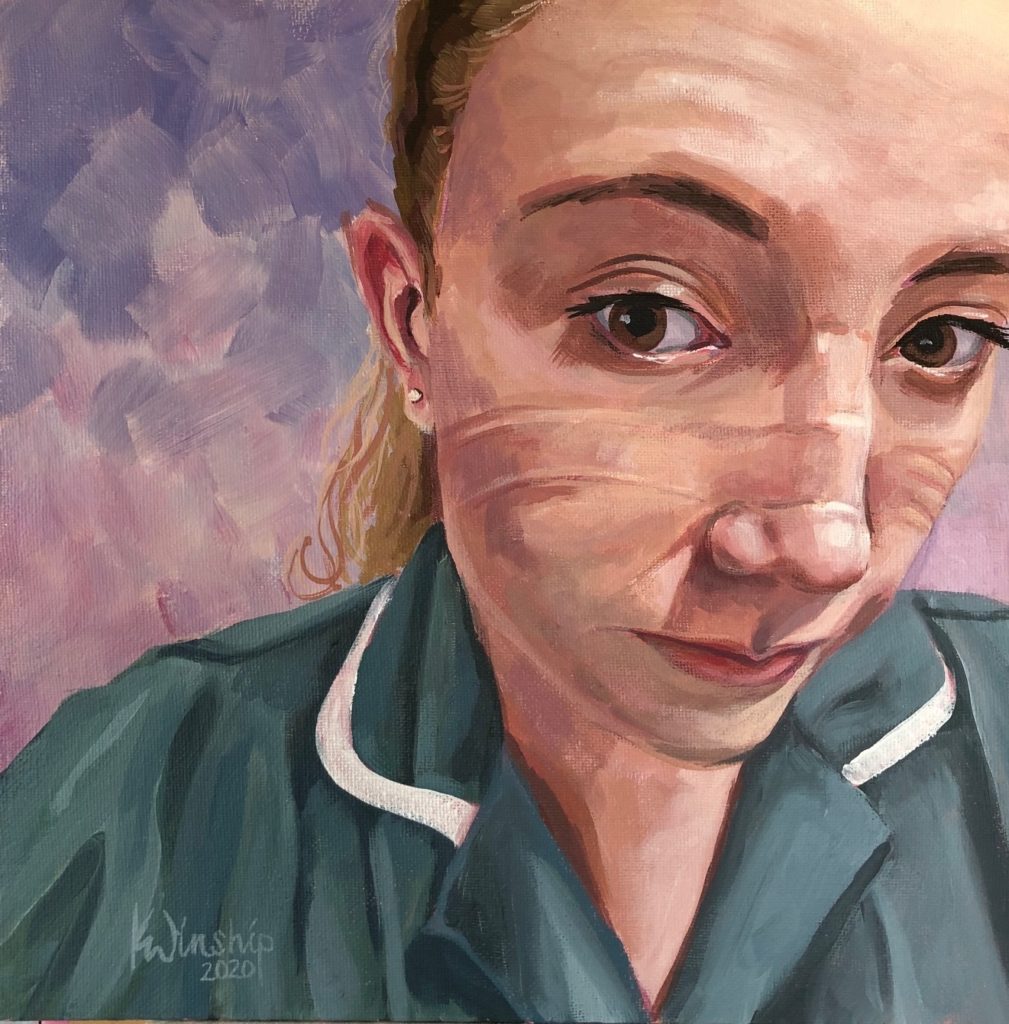
YORK artist Karen Winship’s ever-expanding portrait tribute to the tireless and selfless work of NHS workers during the Covid-19 pandemic is on show in Pocklington until January 4 2021.
Eleven of Karen’s front-line NHS Heroes were first shown at York Art Gallery in the Our Heroes Welcome thank-you to essential workers from August 1 when Lockdown 1 eased.
Thirteen more made their debut at City Screen, York, in August, where the exhibition included a montage of all 24. “It will be gifted to York Hospital eventually,” says Karen, whose self-portrait of herself painting one of the NHS Heroes completes the collection.
Now the 24 portraits are lined up side by side on the railings to the front of All Saints Church, on The Pavement, Pocklington, this time printed on biodegradable boards for outdoor display at a bigger size than the originals, 60 by 60cms, rather than 30 by 40 or 30 by 30.
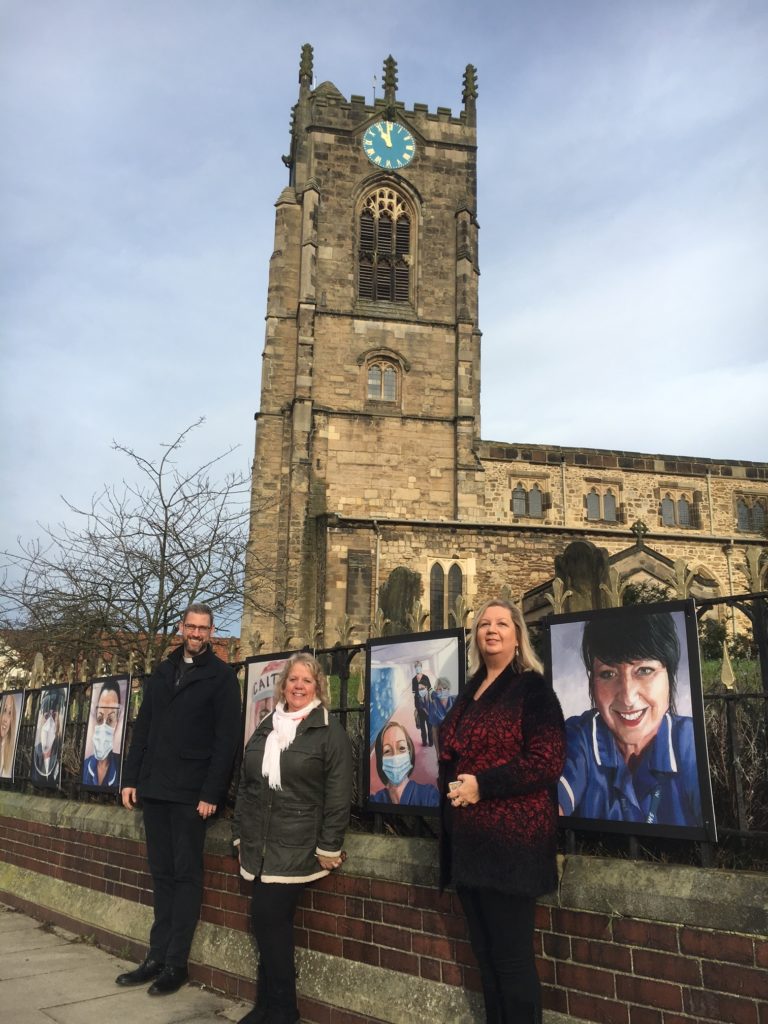
“Originally what was supposed to happen was that I had a small window before sending the originals to the NHS workers I’d portrayed from photographs sent to me,” says Karen.
“I was thinking it would all be over by Christmas and was planning to deliver the paintings, but then none of that could happen, and so they were going to go on show at Pocklington Arts Centre instead, but that couldn’t happen either.”
Whereupon Pocklington Arts Centre (PAC) teamed up with the church known locally as “the Cathedral of the Wolds” to mount the outdoor exhibition as part of the arts centre’s increased commitment to community outreach work after its temporary Covid-enforced closure since March.
PAC had forged links previously with All Saints Church to stage concerts there by the likes of BBC Radio 2 Folk Awards winners Lau and The Unthanks. “We are delighted to be working with Karen and All Saints Church on this exhibition,” says director Janet Farmer.
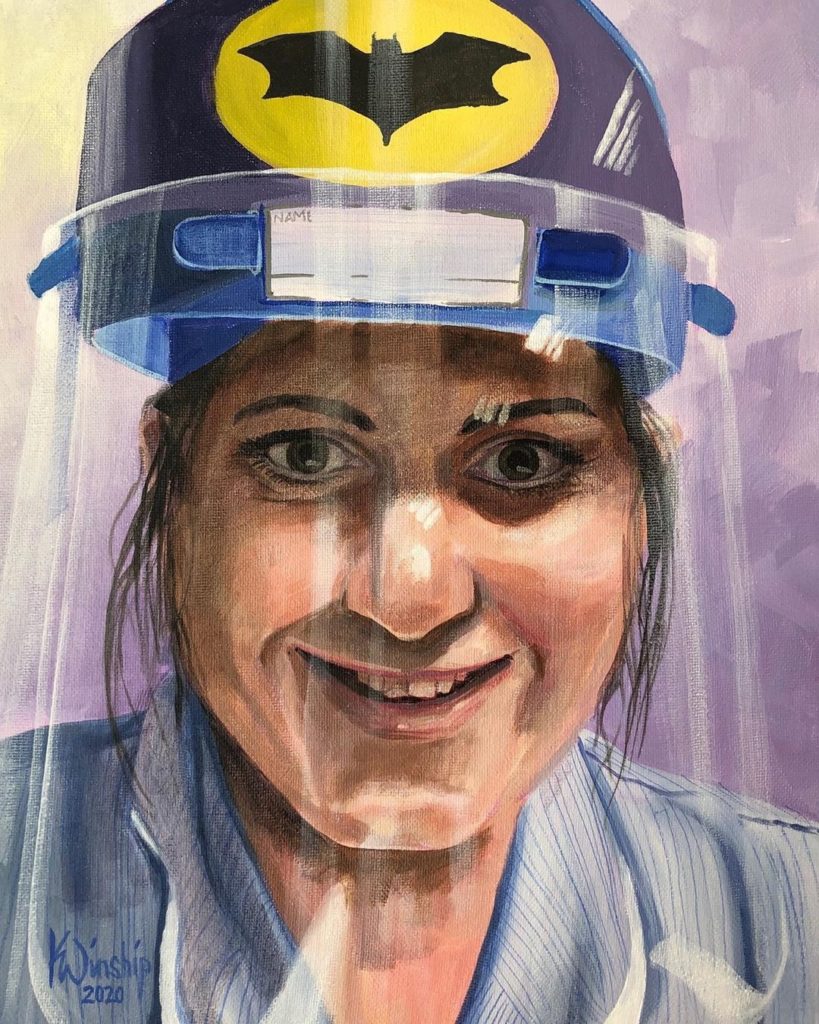
“During the past six months, we’ve been increasing PAC’s community outreach work and accessibility to events while the venue is closed, so an outdoor exhibition was a natural extension to this policy.
“Karen has produced a wonderful series of images that are both poignant and emotive. This is the first of several outdoor events we’ve planned for winter and spring, as we look to evolve our programme due to the pandemic and social distancing.”
Karen, artist and educator, had begun her career as a graphic designer, later gaining a teaching degree and subsequently working for 15 years at a maximum-security prison as head of art.
Embarking on her journey as a professional artist in 2012, she is “living the dream” in her words, not least as a community-minded artist who enjoys “giving back” through her involvement in community art projects.
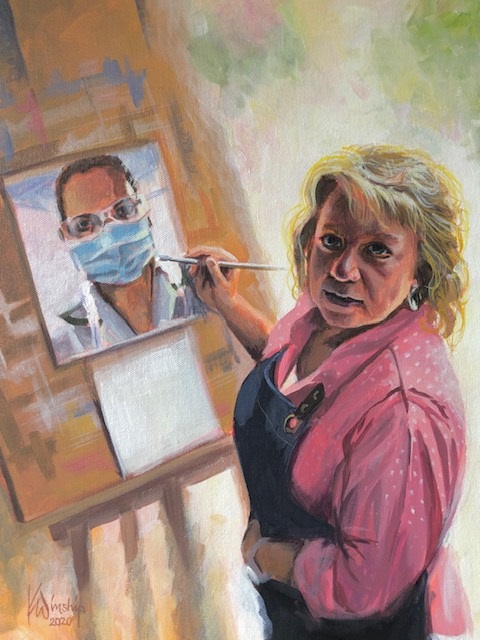
NHS Heroes is her latest public-spirited endeavour, this one inspired by Tom Croft’s #portraitsfornhsheroes project for artists to complete a free portrait in appreciation of the NHS for gifting to the worker depicted.
“There was a shout-out on Facebook across the country from Tom Croft, calling for artists to take part, and I was inundated with ten requests. Then I appeared on Look North and got even more. They’re still coming. I keep getting requests,” says Karen.
“Tom Croft has now put together a book of 300 of the portraits, including one of mine, the one of Samantha, when she hasn’t got a mask on but you can see all the creases on her face from the mask.
“Portraits For NHS Heroes is available in hardback on Amazon with all proceeds going to NHS charities.”
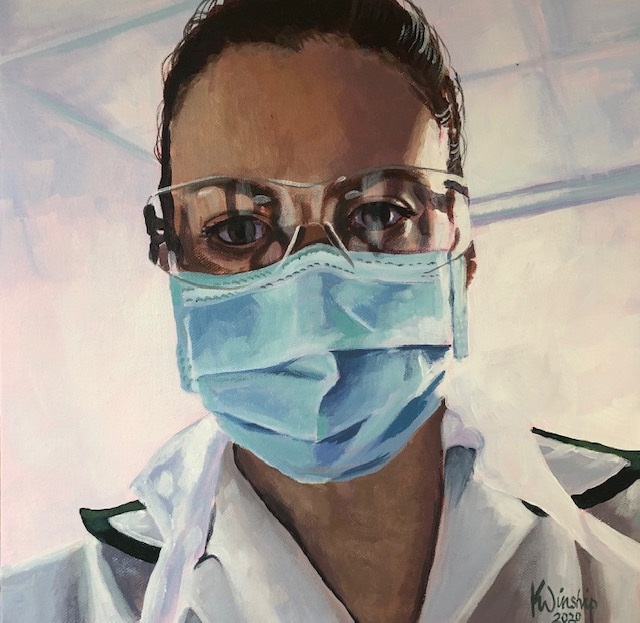
Among Karen’s portraits is one of her daughter, Kelly, who works for the NHS as an occupational therapist, bringing home the challenges faced by frontline workers in the pandemic. “I even had to do her portrait from photographs,” says Karen, to whom most of her subjects were unknown.
“They were a few people I know from York, but the photographs came from all over. Newcastle, Northern Ireland, Scotland. At first, I thought it might be difficult to work just from a photo, because I’m used to doing portraits from people sitting for me, but because these photographs were taken as they were working, looking into their eyes, you can see the trauma, the sadness, the exhaustion.
“Normally, you can see a sitter’s mouth, but invariably in these photographs the mouth had to be covered with a mask, so the eyes become even more important.”
Karen’s portraits were first “exhibited” informally. “My neighbours in my cul-de-sac [St Thomas Close in Osbaldwick] put them in their windows,” she recalls. “People even came from Beverley and Newcastle to walk down the street, and one told me their back story…and you then carry those stories with you.”

She found creating the NHS Heroes portraits “so intense”, she eventually had to stop. “I tend to work quickly because I like spontaneity,” says Karen. “Normally with portraits, I work from one sitting and then photos, but what was different with these portraits was that I was totally absorbed just in painting. Normally, we would be chatting at a sitting.
“I was exhausted, doing one after another from photographs. I just kept going until they were done. Afterwards, I immediately went on to do something that was colourful: a couple of autumn paintings, still lifes. I had to do something that was completely contrasting.
“And I’ve also been lucky that since the NHS project, I’ve had various commissions as I’ve had to cut back on my teaching during the lockdowns.”
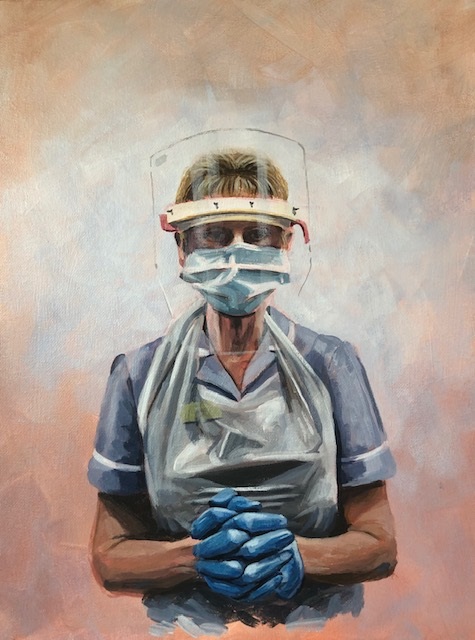
In her artwork, Karen tends to go from “intense” projects to lighter work. “Last year I completed a series of paintings on the theme of dementia, shown at Spark:York, which was very cathartic for me to do as my mother had died from dementia,” she says. “Again, I had to do contrasting work after that.”
Karen’s latest paintings, post-NHS Heroes, will go on show from December 4 at Created In York, the new pop-up exhibition space in Coney Street, York, set up by Phil Dodsworth’s Blank Canvas programme for the arts charity Skippko in the former Dorothy Perkins/Burtons store, leased from the Helmsley Group.
“There’ll be eight artists on the ground floor, four on the bottom floor, not just 2D artists, but printmakers, ceramicists, photographers and jewellery designers too,” says Karen. “I’ll be there initially for two months, and the location is almost guaranteed for a year at least.”

